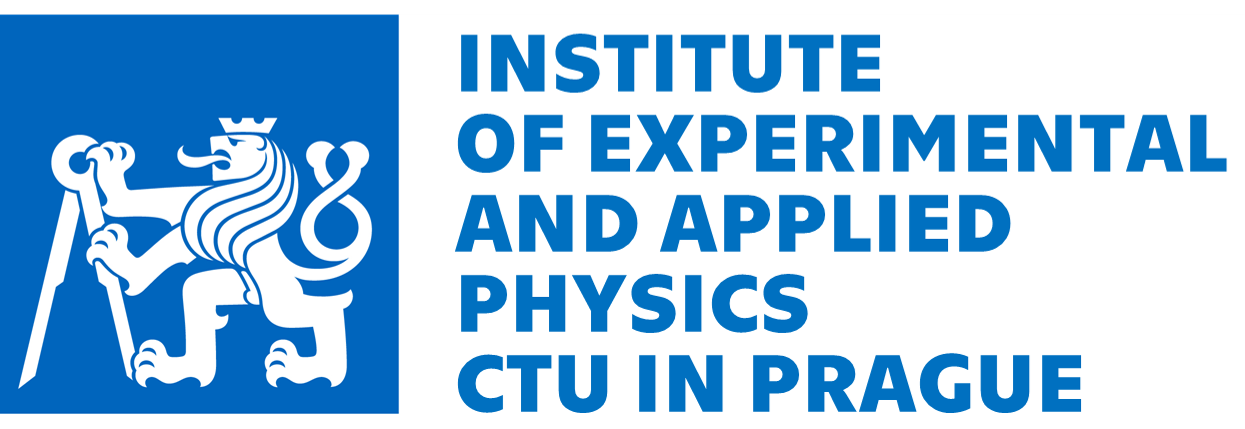
First-principles nuclear structure computations for searches of physics beyond the Standard Model
Daniel Gazda
Nuclear Physics Institute of the Czech Academy of Sciences
Abstrakt: While large particle colliders probe the high-energy frontier, high-precision studies of low-energy nuclear processes provide a complementary approach to explore fundamental symmetries of nature and to search for signals of new physics beyond the Standard Model. In particular, many ongoing and future sensitive experiments use atomic nuclei as laboratories to detect dark matter particles and to reveal violations of the predictions of the Standard Model in electroweak nuclear processes. The interpretation of such experiments requires interdisciplinary joint efforts of experimentalists and theorists both from particle and nuclear physics.
In general, physical observables in electroweak and dark matter interactions with nuclei depend on a nuclear matrix element. The nuclear matrix element is obtained from the overlap between the initial and final nuclear many-body states and the transition operator of the nuclear current. Thus, if future experiments are to reach their full potential, the nuclear matrix elements must be accurately calculated. However, there is currently a gap between the treatment of the nuclear physics input, especially in the field of dark matter studies, and the level of sophistication that has been reached in modern theoretical nuclear physics. The aim of first-principles nuclear structure computations is to model and predict properties of atomic nuclei starting from internucleon forces that are consistent with the underlying theory of Quantum Chromodynamics.
In this talk, I will briefly review large-scale nuclear many-body computational methods and present our recent calculations of nuclear matrix elements for dark matter scattering off selected nuclear targets. We evaluated the nuclear matrix elements using nuclear wave functions computed within a first-principles many-body framework employing realistic state-of-the-art nuclear interactions. In particular, we focused on the quantification of uncertainties of nuclear matrix elements that result from the remaining freedom in the construction of realistic nuclear interactions and the impact of such nuclear-physics uncertainties on physical observables that are relevant for dark matter direct detection experiments.
Seminář se koná v úterý 7. května ve 14:00
v zasedací místnosti ÚTEF ČVUT, Praha 1, Husova 240/5.
| Ing. Bartoloměj Biskup, Ph.D. tajemník semináře |
doc. Ing. Ivan Štekl, CSc. ředitel ÚTEF |
doc. Dr. André Sopczak předseda NPS, ČS IEEE |
 NUCLEAR & PLASMA SCIENCES SOCIETY CHAPTER
NUCLEAR & PLASMA SCIENCES SOCIETY CHAPTER
IEEE Czechoslovakia section
http://www.ieee.cz/en/nps





